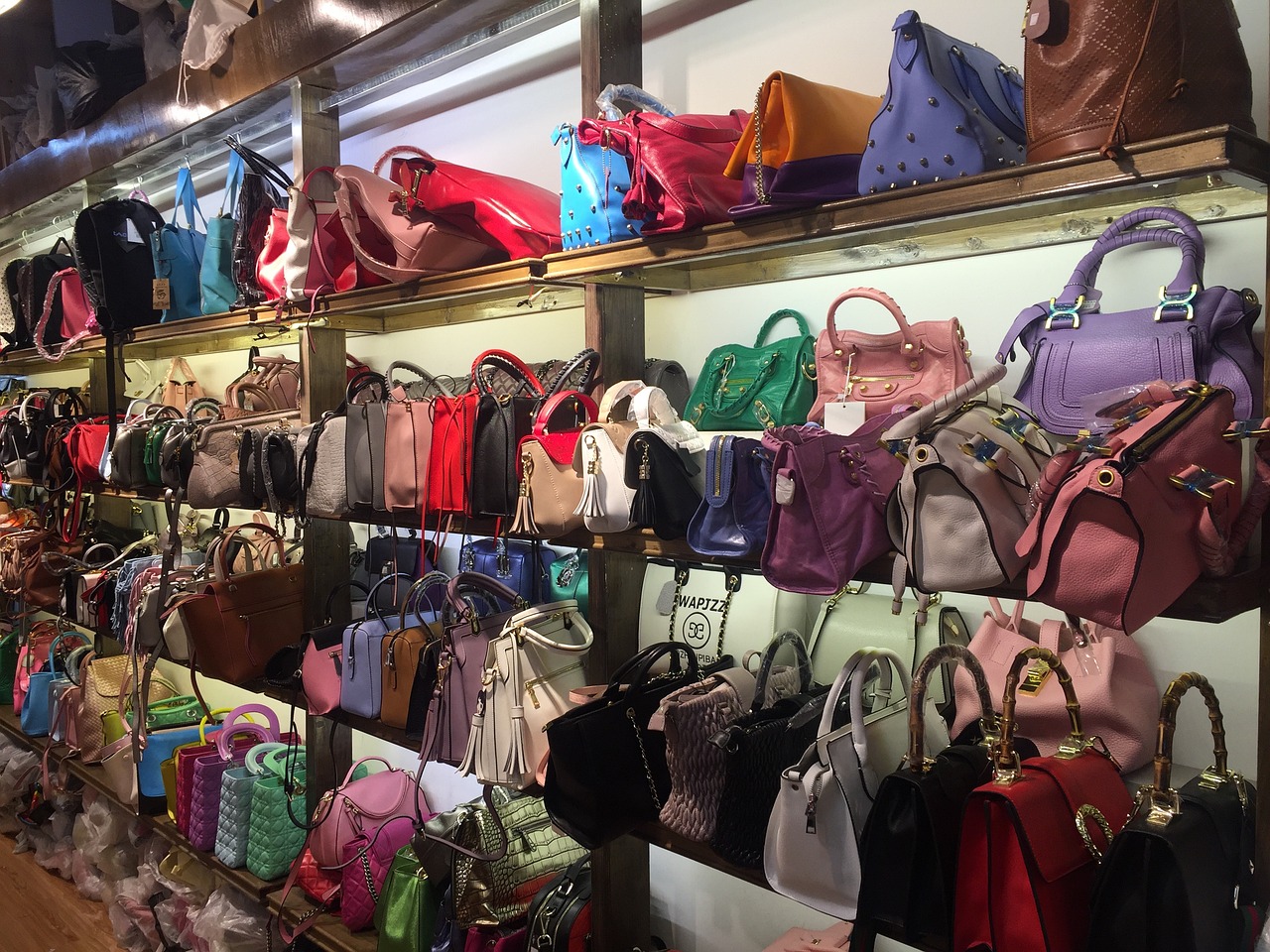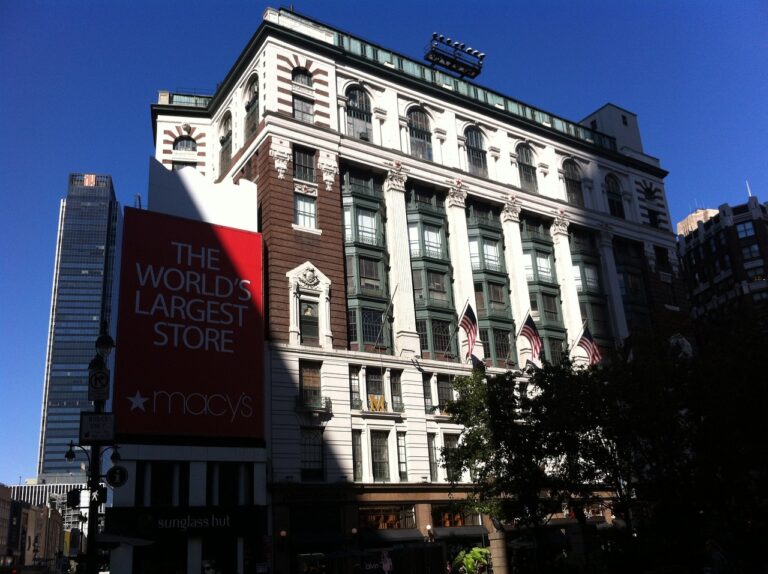The Role of Virtual Try-On Technology in Reducing Returns for Online Eyewear Retailers
Virtual try-on technology is revolutionizing the online eyewear industry by providing customers with a more interactive and personalized shopping experience. By allowing users to virtually “try on” different pairs of glasses or sunglasses through their computer or mobile device, retailers can offer a realistic preview of how the eyewear will look on the individual’s face. This not only eliminates the need for in-person try-ons but also reduces the likelihood of returns due to dissatisfaction with the product.
Moreover, virtual try-on technology enhances the convenience of shopping for eyewear online. Customers can explore a wider range of styles, colors, and brands without the constraints of physical store hours or limited inventory availability. This increased accessibility encourages customers to browse and make purchases from the comfort of their own homes, ultimately driving sales and brand loyalty for online eyewear retailers.
Virtual try-on technology provides a realistic preview of how eyewear will look on an individual’s face
Eliminates the need for in-person try-ons and reduces returns due to dissatisfaction
Enhances convenience by allowing customers to explore a wider range of styles, colors, and brands
Increases accessibility for customers to shop from the comfort of their own homes
Drives sales and brand loyalty for online eyewear retailers
How Virtual Try-On Technology Works for Online Eyewear Retailers
Online eyewear retailers utilize virtual try-on technology to enhance the shopping experience for customers. This technology allows customers to virtually try on different pairs of glasses through their computer or mobile device. By utilizing a webcam or uploading a photo, customers can see how each pair of glasses looks on their face in real-time, helping them make a more informed decision before purchasing.
Virtual try-on technology works by using augmented reality to superimpose the selected pair of glasses onto the customer’s image. Advanced algorithms analyze facial features and measurements to ensure an accurate fit and realistic representation of how the glasses will look in person. This interactive and personalized experience not only increases customer engagement but also reduces return rates as customers have a better understanding of how the glasses will suit them.
Improving Customer Satisfaction with Virtual Try-On Technology
Offering virtual try-on technology is a game changer for online eyewear retailers. By allowing customers to virtually try on different frames from the comfort of their homes, this technology brings a new level of convenience and confidence to the online shopping experience. Customers are no longer limited to static images; they can now see how the glasses look on their own face, helping them make more informed decisions and reducing the chances of returns due to dissatisfaction.
Moreover, virtual try-on technology also enhances the overall shopping experience by creating a sense of personalization and engagement. Customers feel more connected to the brand as they interact with the technology, leading to increased satisfaction and loyalty. This interactive feature not only makes the shopping process more enjoyable but also empowers customers to find the perfect pair of glasses that match their style and preferences.
How can virtual try-on technology benefit online eyewear retailers?
Virtual try-on technology allows customers to see how different frames look on their face before making a purchase, reducing the likelihood of returns and increasing customer satisfaction.
How does virtual try-on technology work for online eyewear retailers?
Virtual try-on technology uses augmented reality or 3D scanning to superimpose frames onto a customer’s face in real-time, giving them a realistic preview of how the glasses will look.
Can virtual try-on technology improve customer satisfaction?
Yes, virtual try-on technology can improve customer satisfaction by providing a more interactive and personalized shopping experience, leading to higher conversion rates and lower return rates.







